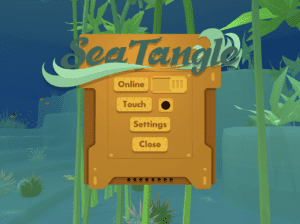
Sea Tangle
 Middle
Middle
Sea Tangle allows users to explore a kelp forest off the coast of British Columbia. Players will learn why the kelp forest and its inhabitants are important to one another.


Sea Tangle allows users to explore a kelp forest off the coast of British Columbia. Players will learn why the kelp forest and its inhabitants are important to one another.
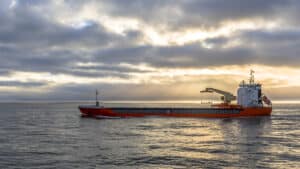
In this episode of the Root & STEM podcast, Erin Keenan shares insight into the effort to protect marine wildlife in Northern Canada as manager of Arctic Marine Conservation at World Wildlife Fund.
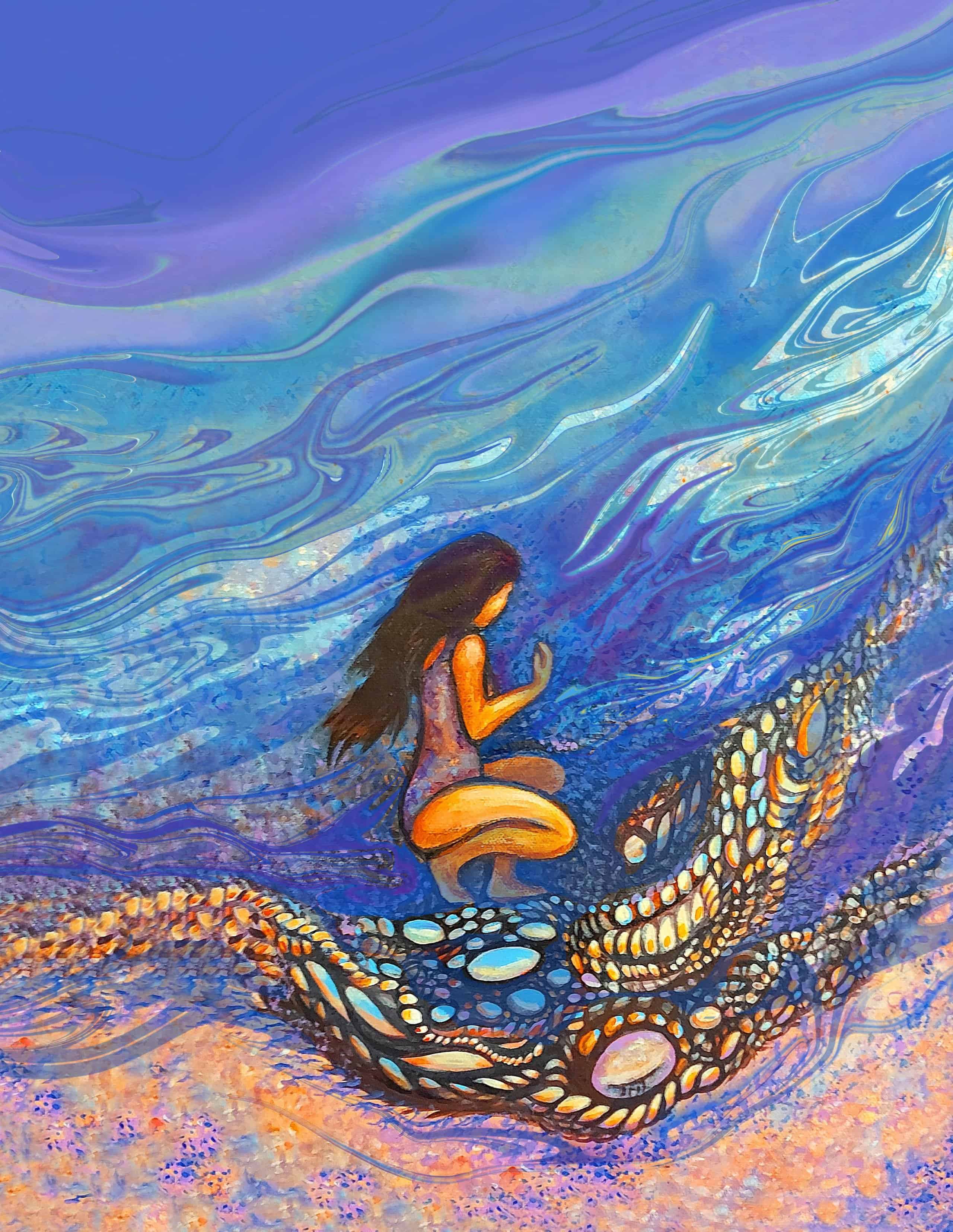
In this episode of the Root & STEM podcast, Nova Scotia-based artist Teresa Young shares her approach to creating art, and how her art creates emotional connections without a predetermined meaning.
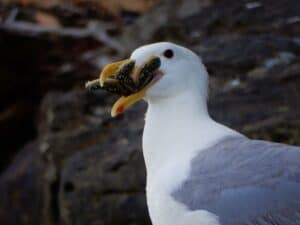
In this episode of the Root & STEM podcast, B.C. based writer Sofia Osborne brings light to the mysterious sea star wasting syndrome that has been killing an alarming number of starfish along the west coast of North America since 2013.
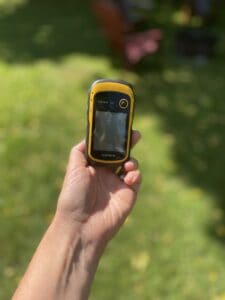
Students will begin by learning how GPS works with a ‘mini lesson’ on the concept. Afterwards, students will learn how to use a GPS hand-held device or the GPS smartphone app Gaia, depending on the technology available to them.
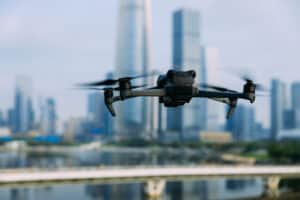
How can technology and the use of data improve urban ecosystems? In this episode of the Root & STEM podcast, PhD candidate Sophie Nitoslawski describes urban forestry and explains how she uses data and technology to improve urban green spaces.

How can different perspectives improve the study of astronomy? In this episode of Root & STEM podcast, Laurie Rousseau-Nepton, the Resident Astronomer at the Canada-France-Hawaii Telescope and the Principal Investigator for SIGNALS, a program aimed at observing star-forming regions in nearby galaxies.

How can different perspectives improve the study of astronomy? In this episode of Root & STEM podcast, Hilding Neilson, an astrophysicist and assistant professor at Memorial University in Newfoundland and Labrador, explores how we can bridge Indigenous methods of science with Western methods of science to broaden our understanding of space. Hilding offers an encouraging message to science lovers who want to learn more about space and life above us.
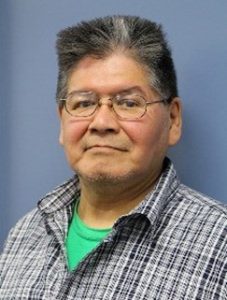
In this episode of the Root & STEM podcast, Ininiw/Cree Star Knowledge Keeper and retired science educator Wilfred Buck shares his expertise on the origins behind multiple constellations like, Mista Muskwa (Great Bear) and Kokominakasis (Grandmother Spider, the netmaker), and discusses the lack of acknowledgement given for Indigenous knowledge in the field of Western astronomy. Wilfred als
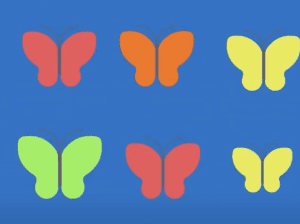
Part 5 explores the design of the wings of the blue morpho butterfly and how light reflection alters their appearance to the eye of the viewer.
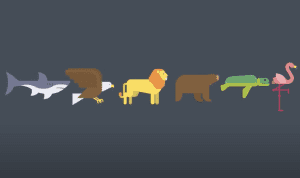
Part 4 explores the design of shark skin and how it helps the shark function as efficiently as a swimmer and a predator and how the design can help our world become safer and stronger.
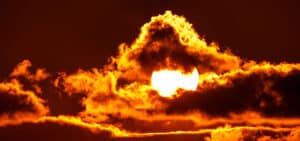
In this episode of the Root & STEM podcast, Kelsey Doerkson, a space system engineer for satellite operations at Planet, and a Ph.D student at the University of Oxford studying machine learning and artificial intelligence, explores the benefits of machine learning in space technology.
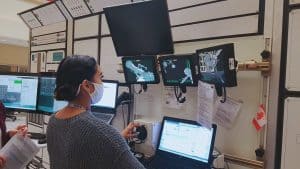
In this episode of Root & STEM podcast, Sofia Osborne, a writer and audio producer based in B.C., interviews junior space operations engineer, Abby Lacson, about the path to becoming an astronaut and her professional experiences working with MDA Space, participating in Air Cadets, and pursuing her education in engineering.

In this episode of the Root & STEM podcast, John Stewart, digital producer and host, sat down with Glenn Ye and Leo Wang, two undergraduate students and the winners of the Best Game award for the University of Toronto’s Hack the Valley IV.
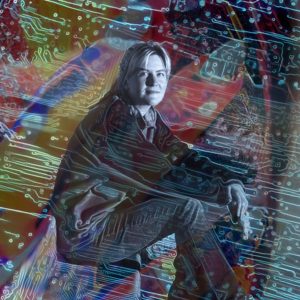
In this episode of the Root & STEM podcast, Jessa Gamble, an author and science writer, and Briana Brownell, an entrepreneur, discuss how we can identify the learning patterns of AI and what that means for technology innovations in the future.
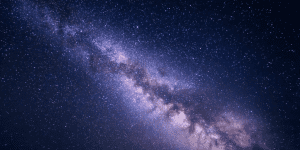
Part 9 explores the different aspects of astronomy, with a focus on celestial bodies in space —like stars, planets, and the sun.
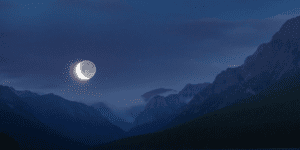
Part 8 explores how eclipses work, the different types of lunar eclipses, and the proper protection for eyes when viewing an eclipse.
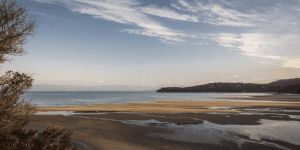
Part 7 explores how the Moon’s gravitational pull impacts Earth and causes the tides to reach high and low points.
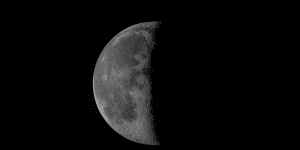
Part 6 explores the different phases of the moon, from New Moon to Full Moon to Waning Crescent, and explains how the direction of the light from the Sun impacts the moon’s visibility and shape appearance.
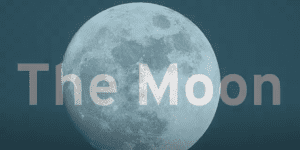
Part 5 explores the different aspects of the moon, including the dark side, the terminator (the dividing line between dark and light), and the craters that can be seen in pictures.
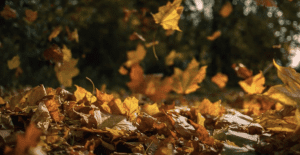
Part 4 explores how the Earth’s tilted axis and its orbit around the sun produces different seasons in different times of the year.
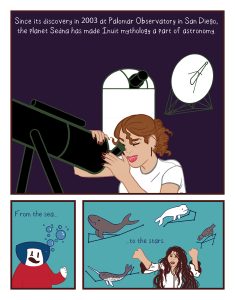
This comic features an alien named Smidge who explains the discovery of the planet Sedna and the Oort Cloud.
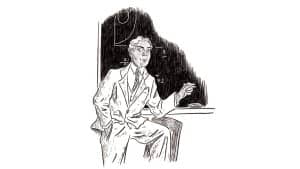
This activity tells the story of Subrahmanyan Chandrasekhar, a mathematician responsible for discovering the stars of a certain size become supernovas, instead of white dwarfs, when they collapse.